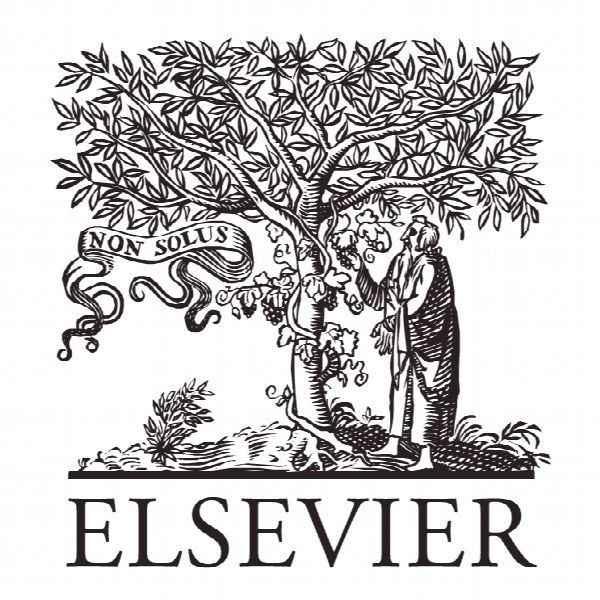ارزیابی و تعیین کننده رضایت از قابلیت زندگی شهری در چین Assessment and determinants of satisfaction with urban livability in China
- نوع فایل : کتاب
- زبان : انگلیسی
- ناشر : Elsevier
- چاپ و سال / کشور: 2018
توضیحات
رشته های مرتبط علوم اجتماعی
گرایش های مرتبط جامعه شناسی
مجله شهرها – Cities
دانشگاه Chinese Academy of Sciences – China
منتشر شده در نشریه الزویر
کلمات کلیدی انگلیسی Urban livability, Satisfaction, Determinants, Geographical detector, China
گرایش های مرتبط جامعه شناسی
مجله شهرها – Cities
دانشگاه Chinese Academy of Sciences – China
منتشر شده در نشریه الزویر
کلمات کلیدی انگلیسی Urban livability, Satisfaction, Determinants, Geographical detector, China
Description
1. Introduction With rapid economic growth and urbanization, the past few decades have witnessed tremendous changes in the built and sociocultural environments in the urban areas of China. However, the rapid development in many Chinese cities has also led to many urban issues, such as crime, air pollution, traffic congestion, and inadequate public facilities particularly in new districts, as well as socio-spatial disparities in metropolitan regions (Li & Wu, 2007; Ouyang et al., 2017; Zhang & Gao, 2008), posing great challenges to urban livability. Nevertheless, research has suggested that the quality of the urban environment is positively associated with individual wellbeing (Dong & Qin, 2017; Kytta et al., 2016) and urban competitiveness (Dragin-Jensen, Schnittka, & Arkil, 2016). To this end, Chinese central government has called for building livable cities with people-oriented ideas in recent years, and a series of livable cities promotion policies were issued successively, including the National Plan on New Urbanization in 2014, the Central Urban Work Conference held in 2015, and the 13th Five-Year Plan announced in 2016. Therefore, understanding the characteristics of satisfaction with urban livability in China and its determining factors is essential for offering new insights into livable city construction and enhancing residents’ life satisfaction in urban China. Urban livability is a multifaceted concept associated with many domains of the living environment in urban areas, involving both the physical and sociocultural environments (Kashef, 2016; NorouzianMaleki et al., 2015). Past studies have provided a better understanding of the assessment and influencing factors of the quality of the urban environment (Mahmoudi, Ahmad, & Abbasi, 2015; Saitluanga, 2013). These studies, however, have several limitations. First, a majority of the extant studies have overemphasized the role of economic factors in affecting the quality of the urban environment. They often yielded counterintuitive findings that are contrary to local residents’ actual lived experiences (Easterlin et al., 2012; Okulicz-Kozaryn, 2011). Therefore, a scientific evaluation framework of urban livability is needed in order to reflect urban residents’ real expectations about their living environment. Second, most studies have evaluated the quality of the urban environment from an objective perspective (OgnevaHimmelberger, Rakshit, & Pearsall, 2013), but little is known about residents’ subjective evaluation of the urban environment because of the lack of relevant data, especially at the regional and national scales in developing countries. Lastly, from a methodological point of view, previous research has seldom compared the effect intensity of the in- fluencing factors on people’s satisfaction with their urban environment due to the limitations of traditional regression methods (Fleming, Manning, & Ambrey, 2016; Permentier, Bolt, & van Ham, 2010).


